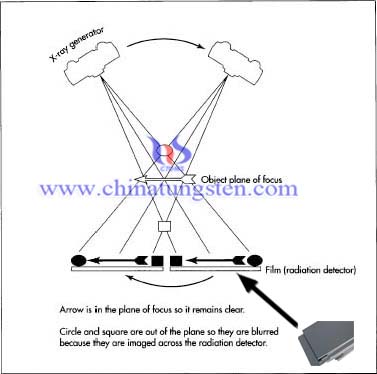The Usage of Tungsten Alloy in Gas-Filled Radiation Detectors
- Details
- Category: Tungsten Information
- Published on Wednesday, 13 May 2015 19:00
A gas-filled radiation detector is usually a glass tube that contains two concentric electrodes and a gas such as argon. The outer electrode is a metal tube; the inner electrode is a wire stretched between the ends of the tube along its axis. Energetic charged particles, X-rays, or gamma rays entering the detector strip electrons from the gas atoms to produce positively charged ions and negatively charged electrons. Due to the excellent shielding against electromagnetic radiation, tungsten alloy materials are typically used for gas-filled radiation detector components. An electric field created by several hundred volts or more across the electrodes draws the ions to the negative electrode and the electrons to the positive electrode. The electron flow produces a current pulse, which is the detection signal. The charge produced by a 1-million-electronvolt charged particle coming to rest in the gas is about 5 fem to coulombs.
The magnitude of the electric field that made of tungsten alloy determines the detector's mode of operation. As it is high density, tungsten alloy exhibits excellent absorption behaviour against electromagnetic radiation such as X-rays and gamma-radiation. The field made of tungsten alloy is high enough to prevent the electron-ion pairs produced by the radiation. In order of increasing electric field, the detector operates as an ionization chamber, a proportional counter, or a Geiger-Muller tube. The modular neutron detector operates as an ionization chamber.

Tungsten Alloy Manufacturer & Supplier: Chinatungsten Online- http://www.tungsten-alloy.com
Tel.: 86 592 5129696; Fax: 86 592 5129797
Email: sales@chinatungsten.com
Tungsten & Molybdenum Information Bank: http://i.chinatungsten.com
Tungsten News & Tungsten Prices, 3G Version: http://3g.chinatungsten.com
Molybdenum News & Molybdenum Price: http://news.molybdenum.com.cn



 sales@chinatungsten.com
sales@chinatungsten.com